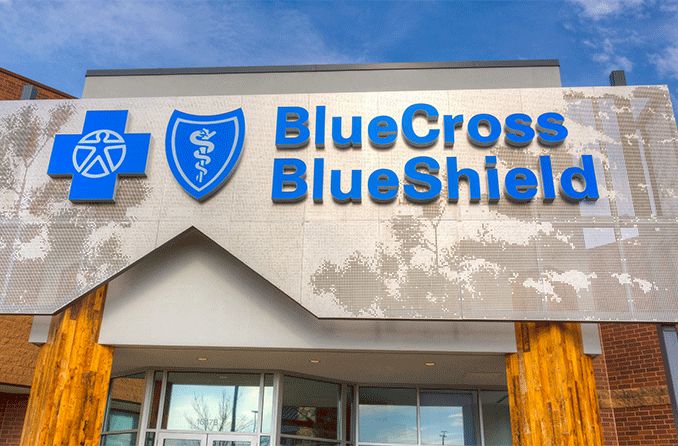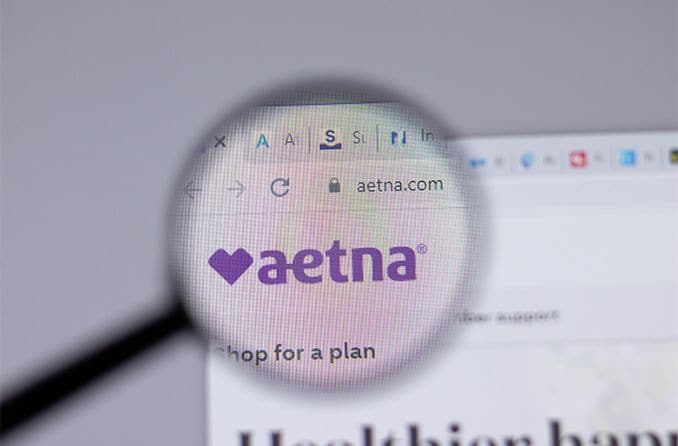
Networks and Plans
Your vision insurance determines how much you save on routine eye exams, glasses or contact lenses. Learn how to use vision insurance and other ways to save.

Blue Cross Blue Shield vision insurance: Take these 5 steps to get the most out of your BCBS vision plan benefits.

Aetna vision insurance: Save on eye exams, glasses, contacts and more with these five tips to get the most from your vision benefits.

Comparing vision insurance plans? Here's how to choose a vision benefits or discount plan that suits your needs best.
All About Vision and AllAboutVision.com are registered trademarks of AAV Media, LLC. © 2000-2025 AAV Media, LLC. The content on this site is for informational purposes only. All About Vision does not provide medical advice, diagnosis or treatment. Contact an eye doctor if you need medical attention.